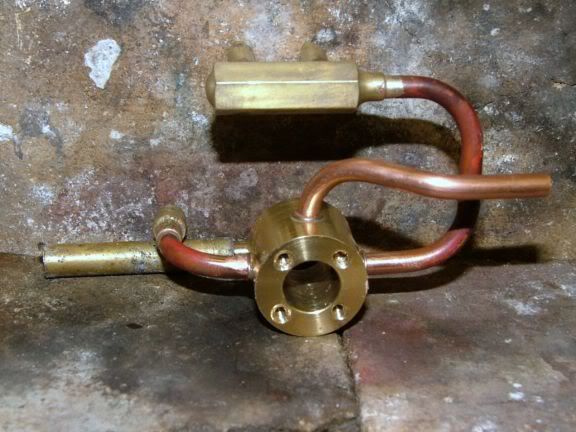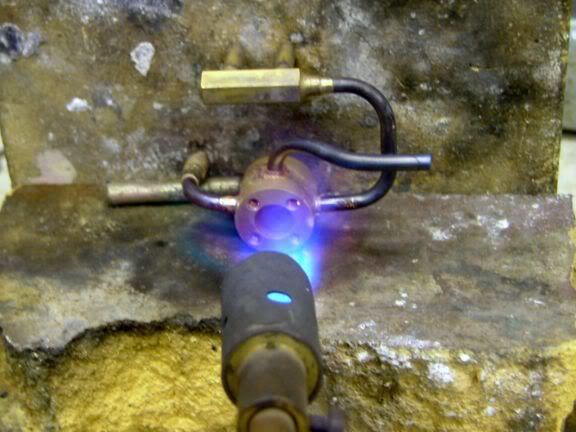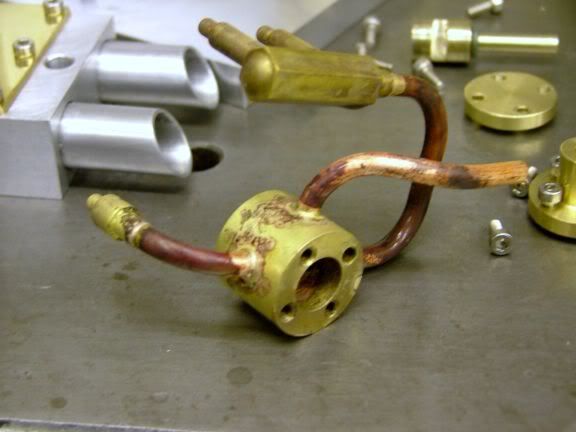golddustpeak
Member
- Joined
- May 26, 2011
- Messages
- 22
- Reaction score
- 3
Im in the thinking / planning stage of building a replica of an early horseless carriage.
My thought is to use ¼ x ½ solid brass for the frame which will be approximately 4 x 17.
Now my question is how should I join the rails together (and other attachments to them)?
I see my options as:
Glue / Epoxy
Soft Soldering
Hard Soldering with silver or brass
Brazing but I only have a Propane torch which I do not think will generate enough heat.
Any suggestions or comments would be greatly appreciated.
My thought is to use ¼ x ½ solid brass for the frame which will be approximately 4 x 17.
Now my question is how should I join the rails together (and other attachments to them)?
I see my options as:
Glue / Epoxy
Soft Soldering
Hard Soldering with silver or brass
Brazing but I only have a Propane torch which I do not think will generate enough heat.
Any suggestions or comments would be greatly appreciated.







